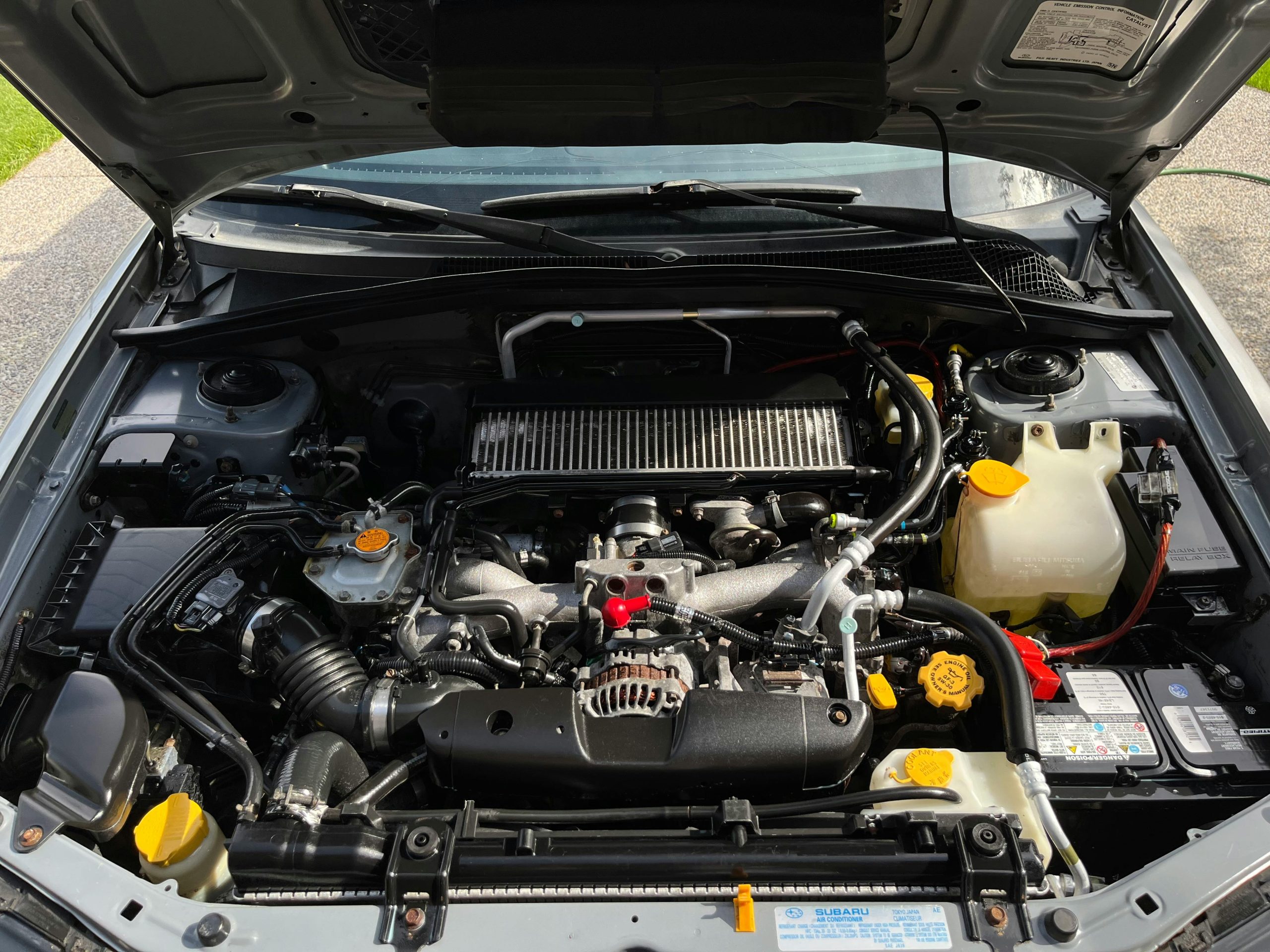When you’re behind the wheel, the last thing you want is for your electric power steering (EPS) to fail. Common symptoms like a sudden loss of steering assistance or persistent unusual noises can be more than just annoyances; they can signal serious underlying issues that compromise your vehicle’s safety and performance.
If you’ve noticed your steering wheel becoming unusually stiff or if the EPS warning light has illuminated on your dashboard, it’s important to take action.
But what steps should you take next to diagnose and resolve these issues effectively? Let’s explore some essential strategies that could save you from future headaches and potential hazards on the road.
Identifying Common EPS Problems
You might notice common EPS problems like sudden loss of steering assistance, unusual noises, or warning lights that signal underlying issues. These are warning signs of electric power steering issues.
Staying ahead with regular inspections helps you belong to a community that values safety and efficiency. Don’t overlook these alerts; they’re essential for maintaining your vehicle’s reliability and your peace of mind on the road.
Symptoms of EPS Malfunctions
Recognizing symptoms of EPS malfunctions early can save you both time and money on repairs.
If you’re noticing a electric power steering warning light, or your steering feels stiff, especially at low speeds, these are clear signs of trouble.
Loss of power, unusual noises like groaning, or vibrations in the wheel are all indicators that your community of drivers might also be facing.
Addressing EPS Fluid Leaks
You’ll notice EPS fluid leaks if there’s visible fluid under your vehicle or if the fluid levels in the reservoir seem low. Here’s how to belong to the proactive group addressing these issues:
- Check Regularly: Regularly inspect your EPS system.
- Monitor Fluid Levels: Keep an eye on the reservoir.
- Spot Check: Look for puddles after parking.
- Seek Professional Help: Consult a mechanic if you’re unsure.
Common Leak Causes
Understanding common causes of EPS fluid leaks is key to maintaining your vehicle’s steering performance. Damaged hoses, seals, or connections often lead to these leaks.
You’re not alone if you’ve noticed low hydraulic fluid levels or puddles beneath your car. Addressing these common problems associated with EPS fluid promptly can save your system from failure, keeping you and your steering secure.
Effective Leak Solutions
To effectively address EPS fluid leaks, promptly inspect and repair damaged hoses, seals, and reservoirs. Here’s how you can be part of the solution:
- Check for wet spots under your car regularly.
- Monitor steering performance for early signs of trouble.
- Replace worn parts before they fail.
- Maintain fluid levels to guarantee peak function.
You’re key in identifying and repairing leaks, guaranteeing your ride’s smooth sailing!
Repair Options for EPS
When your electric power steering starts to fail, several repair options are available, including replacing key components like the motor and sensors.
You’re not alone; specialized shops provide EPS repair services tailored to your needs. They’ll handle everything from recalibrating sensors to resetting codes.
Count on professional help to guarantee your electric power steering system remains reliable, keeping you safely on the road.
Maintenance Tips for EPS
Maintaining your electric power steering (EPS) components, like the electric motor and torque sensor, is essential for peak performance. Here are some key maintenance tips:
- Follow your owner’s manual for specific EPS maintenance guidelines.
- Regularly inspect and replace any worn hoses.
- Monitor and refresh the hydraulic fluid as needed.
- Address any signs of EPS trouble promptly to guarantee continued steering assistance.
Upgrading Your EPS System
Upgrading your EPS system can greatly enhance your vehicle’s steering precision and responsiveness. Advanced electric EPS systems let you customize steering settings, making your drive uniquely yours.
Installing a more powerful motor boosts power and efficiency, while replacing components like the control module or torque sensor upgrades functionality. You’ll also notice improved fuel efficiency and performance, truly transforming your driving experience.
Professional EPS Support Options
For precise resolution of electric power steering issues, consider visiting a certified repair center. You’ll find:
- Specialized expertise in EPS components
- Use of advanced tools for accurate diagnostics
- Reliable repairs and replacements
- A community that values exceptional service
Join others who trust certified repair centers for their EPS needs. You’re not just fixing a car; you’re ensuring your safety with the best support available.
Warranty and Repair Policies
After considering certified repair centers, it’s also crucial to understand the warranty and repair policies provided by professional EPS support services like Power Steering Services. They offer a lifetime warranty on installed EPS components, guaranteeing you’re covered.
You can always reach out for expert assistance via phone or online. Their commitment to quality and OEM-standard repairs ensures you’re part of a community that values reliability and support.
DIY Troubleshooting Resources
Are you curious about how you might approach common electric power steering (EPS) issues on your own before reaching out to the pros?
- Online Forums: Connect with fellow car enthusiasts.
- Video Tutorials: Watch step-by-step fixes.
- Manufacturer Guides: Follow official advice.
- Professional EPS Support Options: Visit certified technicians when needed.
You’re not alone; explore DIY troubleshooting resources and know when to seek professional help!
Conclusion
As you glide through the roads, remember: your car’s whisper can quickly turn into a shout for help. By staying attuned to the subtle hints of your EPS, like a stiff wheel or an unexpected noise, you’re not just maintaining a car; you’re safeguarding a journey.
So, tune in closely, address promptly, and drive confidently knowing you’ve mastered the art of steering through potential pitfalls with finesse and foresight. After all, it’s not just about driving—it’s about thriving.



